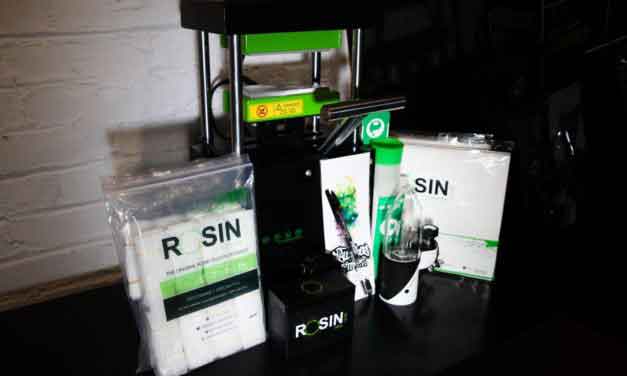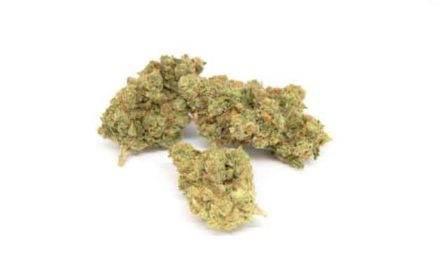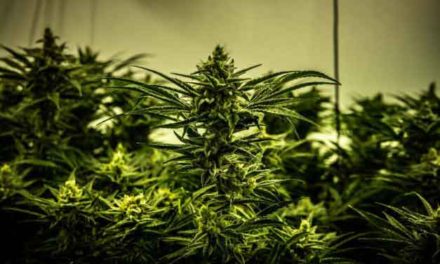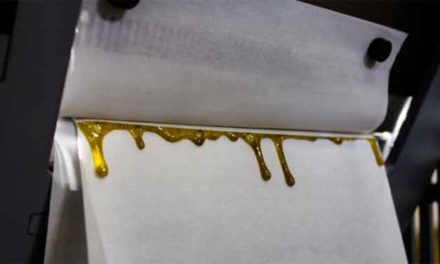The methodology behind experimenting with your rosin pressing so you can avoid trial and error and waste while dialing in the perfect settings
Each batch of cannabis we press is unique and requires specific applications of time, temperature, and pressure in order to extract the finest solventless rosin possible. But how do we best dial in our settings to suit a particular starting material? Well, we need to experiment and find that out.
The Rosin Maker’s Dilemma
The problem we face as rosin makers is that we simply don’t know what the optimal settings will be. Of course, experience tells us that flower likes to be pressed between 215 and 235 degrees F for around 60 to 75 seconds, for example, but that only narrows down the search and doesn’t tell us precisely what our particular starting material will need. For that, we’re going to need a testing process.
Solventless Experimentation
The best way to find our optimum settings is to first take a number of small samples from each batch of cannabis we press. Then, we can test each with different settings and see which produces the better overall rosin. Once we’ve done our testing, it’s easy to apply those custom settings to the remaining bulk of our material with more confidence that we’re getting the best rosin with the least amount of waste possible.
A Practical Example
Let’s continue with a flower pressing example and take five equal sized nugs to press. For the sake of simplicity, we’ll press all five samples for 70 seconds with the same PSI, and just focus on temperature for now. Press the first nug at 215 F, the next at 220 F, moving up in 5 degree increments each time until you reach the 235 F limit, and be sure to label each sample as you go. Then inspect each concentrate to determine which produced the best rosin, and finally, apply that temperature to the rest of your material.
Now that is of course a very simple example that tests just one variable. Time, temperature, and pressure settings interrelate, and changing one affects the others. However, testing more variables means collecting further samples, and there’s only so much cannabis we can spare for experimentation. Ultimately though, the more permutations of time, temp, and pressure we can investigate, the better an idea we’ll have of what’s best for the main press.
Results and Conclusion
Once we’ve conducted our rosin experiment the fun part begins, and we’ll need to critique each sample as if it was a wine competition. Judge the color, aroma, taste, effects, and yield of each pressing to see which variables produced the best rosin overall. Then we can confidently take our remaining starting material to the press with the optimum settings already nailed down.
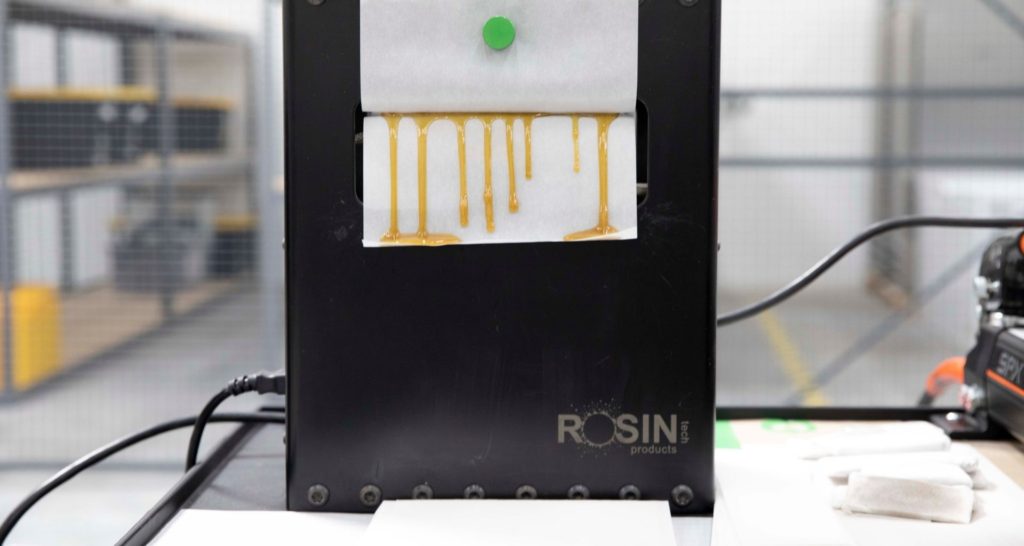
So, get experimenting with your rosin tech because it won’t just make a better concentrate and save you time, but more importantly, it’ll boost your understanding – and that’s the true key to unlocking solventless rosin’s full potential.

